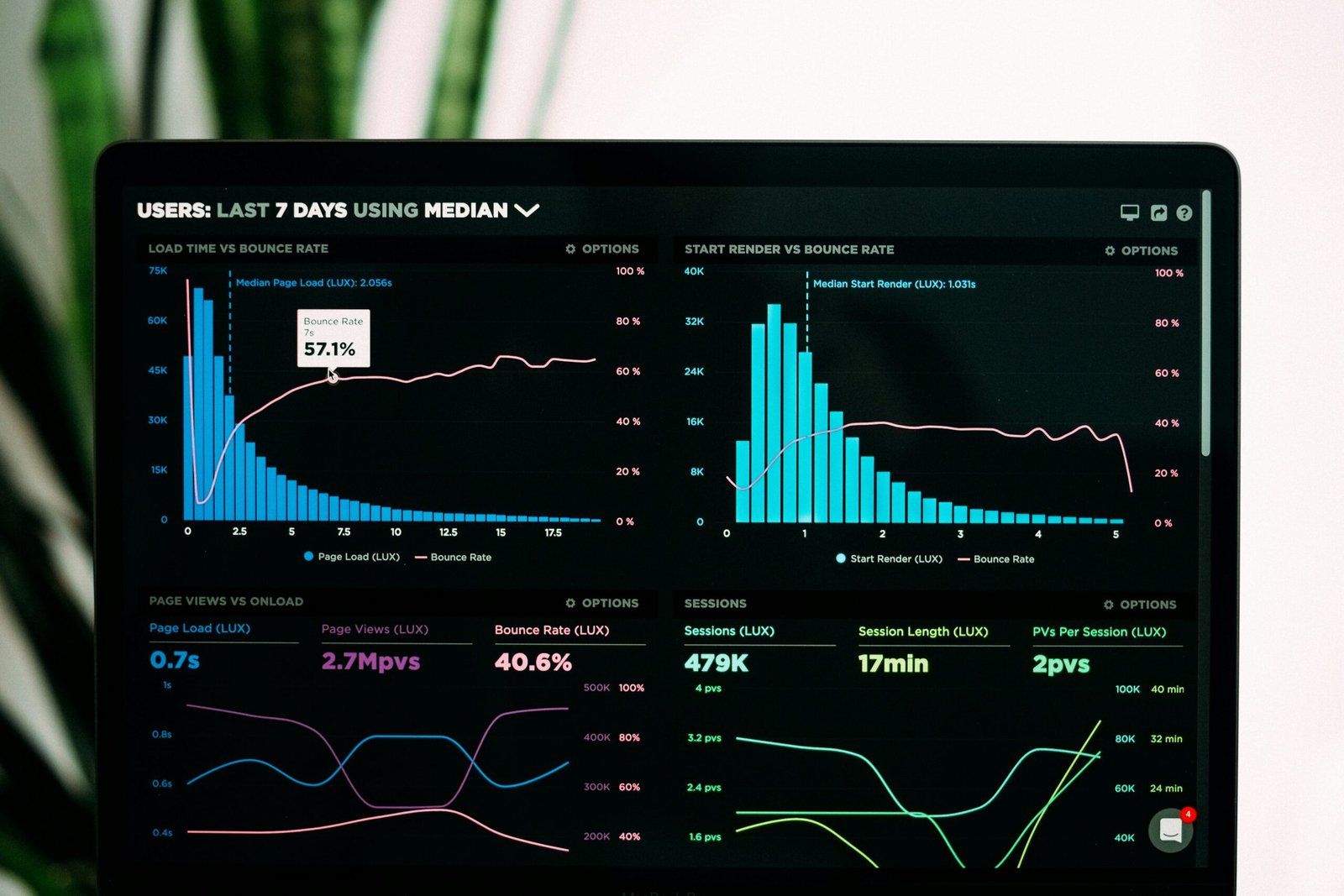Introduction to Monetizing YouTube Videos
YouTube has evolved far beyond its roots as a simple video-sharing platform, becoming a substantial income source for individuals and businesses alike. Monetizing YouTube videos enables content creators to generate revenue through multiple channels, rewarding them for their dedication and creativity. To succeed in this space, it is essential to build a loyal audience and consistently produce high-quality content. When an audience trusts and values your content, they are more likely to engage with various monetization methods.
The primary revenue streams for YouTube creators include ad revenue, sponsorships, and merchandise sales. Ad revenue is acquired through advertisements displayed before, during, or alongside videos. Sponsorships involve partnering with brands that pay to be featured within a creator’s content, while merchandise sales allow creators to sell branded products directly to their audience, fostering a deeper connection with their fans.
Joining the YouTube Partner Program (YPP) is a critical step to unlocking these revenue streams. To qualify, creators must ensure their channel meets specific requirements, most notably having at least 1,000 subscribers and 4,000 watch hours within the last 12 months. These benchmarks ensure that only dedicated and active creators can tap into YouTube’s financial opportunities, maintaining the platform’s content quality and overall user experience.
Ad Revenue and the YouTube Partner Program
The YouTube Partner Program (YPP) serves as a critical gateway for content creators looking to monetize their YouTube videos. By joining the YPP, creators gain access to important monetization tools and resources, allowing them to earn money from ad revenue. YouTube places various types of advertisements on videos, and the revenue generated from these ads is shared between YouTube and the creator. This revenue-sharing model is a primary income stream for many YouTubers.
There are several types of ads that YouTube can place on videos, each influencing earnings differently. Skippable ads allow viewers to skip after a set period, typically five seconds, while non-skippable ads must be watched in their entirety. Display ads appear alongside the video content, and overlay ads are semi-transparent ads that cover part of the video. Additionally, bumper ads are short, non-skippable ads usually lasting six seconds. Each ad type has its own impact on ad revenue, with skippable and non-skippable ads generally generating higher returns compared to display ads.
Key metrics that influence ad revenue include CPM (cost per thousand views) and viewer engagement. CPM measures the amount advertisers are willing to pay for every 1,000 views of their ad. Higher CPM rates often translate to higher earnings for content creators. Engagement metrics, such as watch time, likes, comments, and shares, also play a significant role. Videos with higher viewer engagement tend to attract more lucrative ads, as advertisers prefer placing their ads on content that keeps viewers invested.
To remain eligible for the YouTube Partner Program and continue earning ad revenue, creators must comply with YouTube’s policies and guidelines. These include adhering to community guidelines, avoiding content that violates copyright rules, and maintaining advertiser-friendly content. Non-compliance can result in demonetization or removal from the program, highlighting the importance of understanding and following YouTube’s regulations.
Sponsorships and Brand Collaborations
Sponsorships and brand collaborations represent a significant revenue stream for many YouTubers. These deals can take various forms, including product placements, dedicated videos, or simple mentions of a brand’s product or service within a video. The mutual benefit for creators and brands makes sponsorships an attractive option; creators receive financial compensation while brands gain access to targeted audiences.
To attract potential sponsors, creators must focus on building a strong personal brand. This requires consistently producing high-quality content that resonates with their audience and accurately reflects their niche. Engagement rates are crucial; brands often look for YouTubers who not only have a substantial following but also boast active viewers who interact with the content through likes, comments, and shares.
Negotiating sponsorship deals requires a strategic approach. Creators should first understand their value, which encompasses both their reach and the engagement level of their audience. It’s essential to ensure that any collaboration aligns with the channel’s content and audience preferences, maintaining authenticity and relevance. Open communication about terms, deliverables, and compensation can help set clear expectations for both parties.
Transparency and disclosure are paramount in maintaining trust with viewers. YouTubers are required to adhere to guidelines that mandate the disclosure of sponsored content. Whether through verbal cues or visual markers, clearly informing the audience about paid partnerships builds credibility and avoids any perception of deception.
In conclusion, sponsorships and brand collaborations can be highly lucrative for YouTubers. By maintaining a strong personal brand, engaging with their audience, negotiating strategically, and practicing transparency, creators can develop successful partnerships that benefit their channel and their audience alike.
Additional Revenue Streams: Merchandise and Crowdfunding
YouTube creators have diversified their income sources beyond traditional ad revenues by exploring merchandise sales and crowdfunding platforms. This strategy not only augments their earnings but also enhances audience engagement and loyalty. Creating and selling branded merchandise, for instance, has emerged as a viable and lucrative revenue stream. By leveraging a loyal fan base, creators can design and market a range of products such as clothing, accessories, and digital goods that reflect their brand and identity.
One example of successful YouTube merchandise is the line developed by the gaming channel “Sidemen.” Their branded clothing and accessories have garnered significant sales, reinforcing the brand’s presence both online and offline. Similarly, beauty influencer Jeffree Star has successfully launched his own makeup line, generating substantial revenue through YouTube promotions. These instances underline the potential for well-conceived merchandise to provide a steady income stream.
Crowdfunding offers another avenue for monetization. Platforms like Patreon enable creators to receive direct financial support from their community. Fans, or ‘patrons’, subscribe to different tiers, contributing monthly in exchange for exclusive content, early access to videos, or personalized perks. This model has been particularly beneficial for niche creators who might not attract high ad revenue but maintain a dedicated following. The monthly contributions ensure a more predictable and stable revenue flow, which can fund higher quality content and innovation.
Additionally, crowdfunding can strengthen the bond between creators and their audience, as patrons feel a direct connection to the content they support. Such platforms also afford creators the freedom to focus on creative endeavors without the constraints of fluctuating ad revenues. Diversifying income sources through merchandise and crowdfunding is crucial for creators aiming for long-term financial stability and growth. It allows them to navigate the ever-changing digital landscape while maintaining a sustainable and engaging content production cycle.



